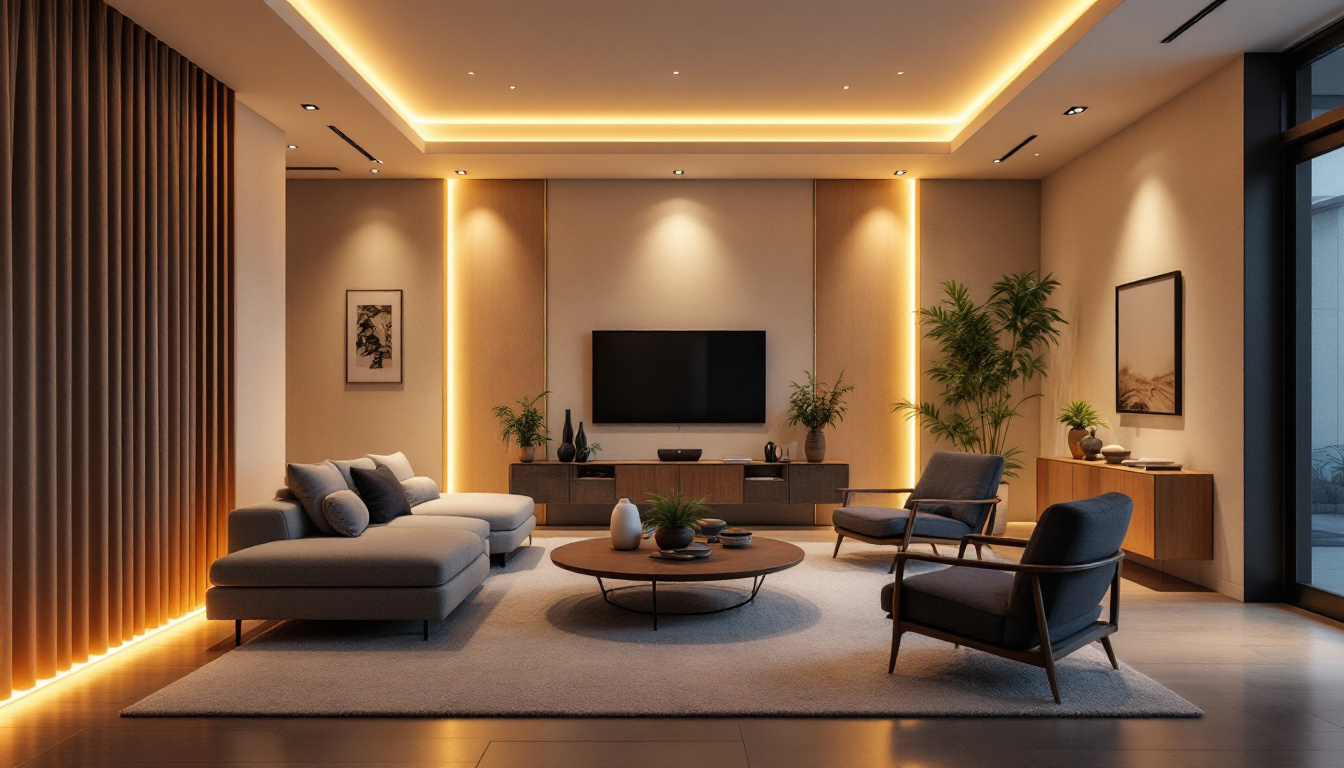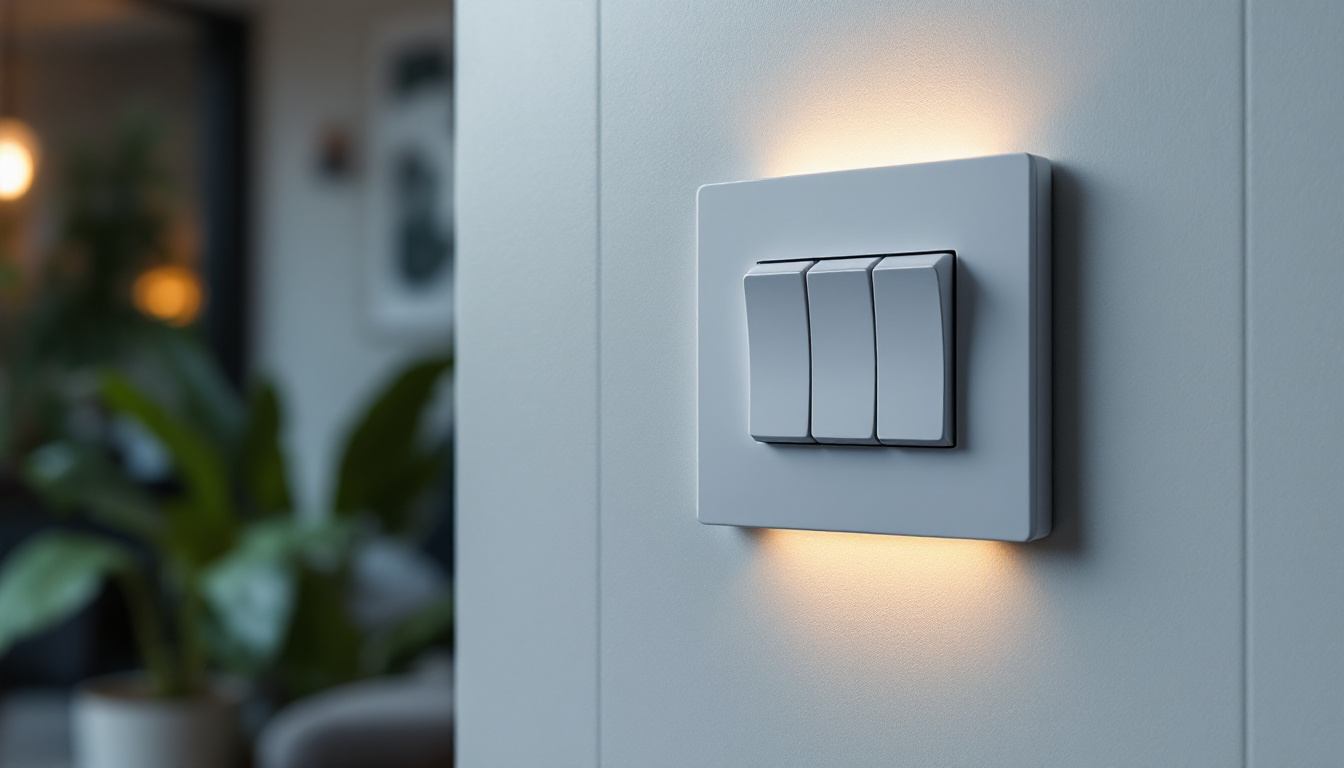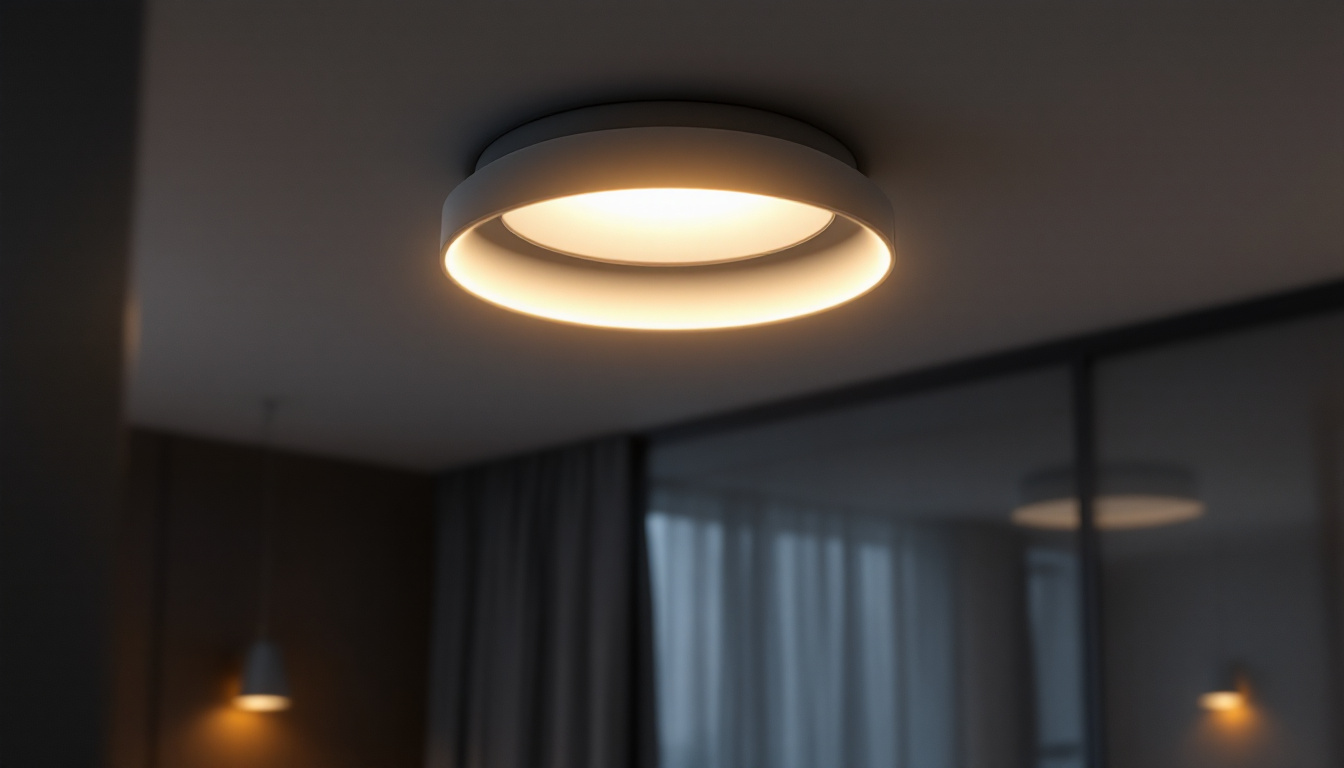
Recessed lighting has become a staple in modern interior design, offering a sleek and unobtrusive way to illuminate spaces. With the advent of LED technology, lighting contractors are presented with a myriad of options that not only enhance aesthetics but also improve energy efficiency. This article delves into best practices for selecting and installing recessed LED lighting, tailored specifically for lighting contractors.
Before diving into best practices, it’s essential to grasp the fundamentals of LED technology. LEDs, or Light Emitting Diodes, are semiconductor devices that emit light when an electric current passes through them. Unlike traditional incandescent bulbs, LEDs are far more energy-efficient and have a longer lifespan, making them an attractive option for both contractors and homeowners. The technology behind LEDs has evolved significantly, leading to advancements in brightness, color accuracy, and energy consumption. This evolution has positioned LEDs at the forefront of modern lighting solutions, appealing to those who prioritize sustainability and efficiency in their projects.
LED recessed lighting offers several advantages over traditional lighting options. Firstly, they consume significantly less energy, which translates into lower electricity bills for clients. Furthermore, LEDs have a lifespan that can exceed 25,000 hours, reducing the frequency of replacements and maintenance costs. This longevity is particularly beneficial in commercial settings where lighting is used extensively, as it minimizes downtime and disruption. Additionally, the low heat output of LEDs means that they are safer to use in various applications, reducing the risk of burns or fire hazards associated with hotter incandescent bulbs.
Another notable advantage is their versatility in design. LEDs come in various color temperatures, allowing contractors to create tailored lighting solutions that meet the specific needs of each space. Whether it’s a warm, inviting glow for a living room or a bright, cool light for a kitchen, LEDs can deliver the desired ambiance. Moreover, their compact size enables innovative installation options, such as in ceilings, walls, or even furniture, providing architects and designers with greater creative freedom. This adaptability not only enhances aesthetic appeal but also maximizes functionality in both residential and commercial environments.
Despite their many benefits, there are still misconceptions surrounding LED technology. One common myth is that LEDs produce harsh, cold light. In reality, LEDs are available in a wide spectrum of color temperatures, ranging from warm white to daylight. This flexibility allows contractors to choose the right tone for any environment. Furthermore, advancements in LED technology have led to improved color rendering capabilities, ensuring that colors appear more vibrant and true to life under LED lighting compared to traditional sources.
Another misconception is that LED lights are too expensive. While the initial investment may be higher than traditional bulbs, the long-term savings on energy and maintenance costs often outweigh the upfront price. Educating clients about these benefits can help dispel myths and encourage the adoption of LED technology. Additionally, many governments and organizations offer incentives or rebates for switching to energy-efficient lighting, further offsetting the initial costs. As awareness of these financial benefits grows, more individuals and businesses are likely to embrace LED solutions, paving the way for a more sustainable future in lighting.
Selecting the appropriate recessed LED bulbs is crucial for achieving optimal lighting results. Factors such as brightness, color temperature, and beam angle should be considered to ensure the desired effect is achieved in each space.
Brightness in LED lighting is measured in lumens rather than watts, which can be confusing for those accustomed to traditional bulbs. When choosing recessed LED bulbs, it’s important to assess the lumen output to ensure adequate illumination for the intended area. For example, a living room may require around 1,500 to 3,000 lumens, while a kitchen may need upwards of 5,000 lumens for effective task lighting.
Contractors should also consider the layout of the space. In larger areas, multiple recessed lights may be necessary to achieve even lighting without dark spots. Spacing the fixtures appropriately will help distribute light evenly, enhancing the overall aesthetic and functionality. Additionally, dimmable options can provide versatility, allowing homeowners to adjust the brightness based on the time of day or the activity taking place, whether it’s a lively gathering or a quiet evening at home.
The color temperature of LED bulbs, measured in Kelvin (K), plays a significant role in setting the mood of a space. Warm white (2700K-3000K) is ideal for creating a cozy atmosphere, making it suitable for bedrooms and living areas. On the other hand, cool white (3500K-4100K) and daylight (5000K-6500K) are better suited for workspaces and kitchens, where clarity and focus are essential.
Contractors should consult with clients to determine their preferences and the intended use of each space. Offering a range of color temperature options can help ensure client satisfaction and enhance the overall design. It’s also worth noting that the perceived color of walls and furnishings can change based on the color temperature of the lighting, so testing different bulbs in the actual space can lead to a more informed decision. This attention to detail can significantly impact the overall ambiance and functionality of the environment.
The beam angle of recessed LED bulbs affects how light is distributed in a room. A narrow beam angle (15-30 degrees) is ideal for highlighting specific features, such as artwork or architectural details, while a wider beam angle (60 degrees or more) is better for general illumination.
When planning the layout of recessed lighting, contractors should consider the beam angle in relation to the height of the ceiling and the size of the room. This will help achieve an even distribution of light and avoid overly bright or dim areas. Furthermore, incorporating adjustable fixtures can provide flexibility, allowing homeowners to change the direction of the light as needed. This adaptability is especially beneficial in multipurpose spaces, where the lighting requirements may vary based on the activity or mood desired at any given moment. By taking these factors into account, contractors can create a lighting scheme that not only meets functional needs but also enhances the overall design aesthetic of the space.
Proper installation of recessed LED lighting is crucial for maximizing performance and longevity. Adhering to best practices can help avoid common pitfalls and ensure a professional finish.
Before installation, careful planning of the layout is essential. Contractors should create a lighting plan that considers the purpose of each space, the placement of furniture, and the desired ambiance. This plan should include the spacing of recessed lights, ensuring that they are evenly distributed for optimal illumination.
It’s also important to consider the height of the ceiling. For higher ceilings, more powerful bulbs or additional fixtures may be necessary to achieve the desired brightness. Conversely, lower ceilings may require careful placement to avoid creating a cramped feeling.
When installing recessed LED lights, electrical considerations are paramount. Ensure that the wiring is compatible with LED technology, as some older systems may not support the lower wattage of LED bulbs. It’s advisable to use dimmer switches that are specifically designed for LED lighting to avoid flickering and prolong the lifespan of the bulbs.
Additionally, contractors should adhere to local electrical codes and regulations during installation. This not only ensures safety but also protects the integrity of the electrical system, reducing the risk of future issues.
After installation, it’s crucial to test the recessed lighting to ensure everything functions as intended. Check for any flickering, dimming, or uneven lighting. If issues arise, adjustments may be necessary, such as repositioning fixtures or replacing bulbs.
Encouraging clients to test the lighting at different times of day can also help assess its effectiveness. This feedback can be invaluable for making any final adjustments and ensuring complete satisfaction.
Maintaining recessed LED lighting is essential for ensuring long-lasting performance and optimal aesthetics. While LEDs require less maintenance than traditional bulbs, there are still best practices to follow.
Dust and debris can accumulate on recessed lighting fixtures, diminishing their effectiveness and appearance. Regular cleaning is necessary to maintain optimal light output. Contractors should recommend that clients periodically wipe down fixtures with a soft, damp cloth to remove dust and grime.
It’s also important to ensure that the bulbs themselves are clean. If the light appears dim, it may simply be due to a buildup of dust on the bulb surface. A gentle cleaning can restore brightness and clarity.
Contractors should advise clients to monitor the performance of their recessed lighting over time. If bulbs begin to flicker or dim, it may indicate a need for replacement or an issue with the electrical system. Prompt attention to these signs can prevent more significant problems down the line.
As technology continues to evolve, there may be opportunities to upgrade existing recessed LED lighting systems. Newer models may offer improved energy efficiency, enhanced color rendering, or advanced features such as smart controls. Contractors should stay informed about the latest developments in LED technology and advise clients on potential upgrades that could enhance their lighting experience.
Recessed LED lighting presents a wealth of opportunities for lighting contractors to enhance spaces while providing energy-efficient solutions. By understanding LED technology, selecting the right bulbs, adhering to installation best practices, and maintaining systems effectively, contractors can ensure client satisfaction and long-lasting performance.
As the demand for energy-efficient lighting continues to grow, staying informed about the latest trends and technologies will be essential for contractors looking to excel in the field. By implementing these best practices, lighting professionals can not only meet but exceed client expectations, creating beautifully illuminated spaces that stand the test of time.
Ready to elevate your lighting projects with the best recessed LED bulbs on the market? Look no further than LumenWholesale, where we provide lighting contractors with exceptional, spec-grade lighting products at unbeatable wholesale prices. Say goodbye to local distributor markups and hello to our extensive selection that meets the highest industry standards. With LumenWholesale, you can count on reliable, high-performance lighting that will impress your clients and enhance any space. Plus, with free shipping on bulk orders, you can stock up on premium lighting solutions at the best value — all without hidden fees or compromises. Don’t miss out on the perfect blend of quality, affordability, and convenience. Wholesale Lighting at the Best Value is just a click away.

Discover expert insights and practical tips for lighting contractors on selecting and installing exterior LED floodlights.

Discover how a 3 pole switch can revolutionize your lighting setup, offering enhanced control and efficiency.

Discover the insider tips and techniques lighting contractors use to master recessed can fixtures.

Discover the common pitfalls lighting contractors face with photobiological safety and learn how to avoid them.